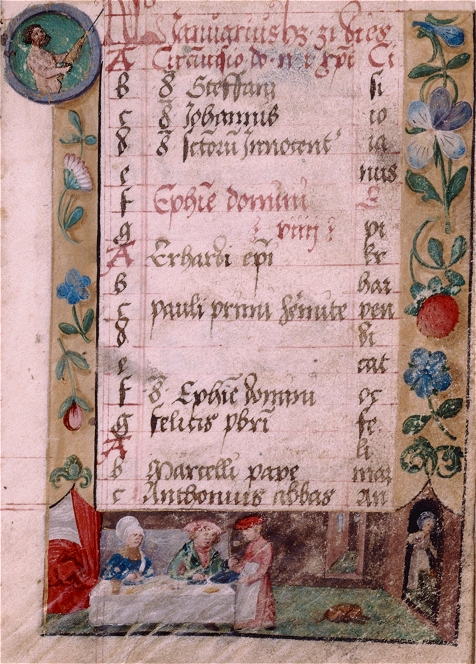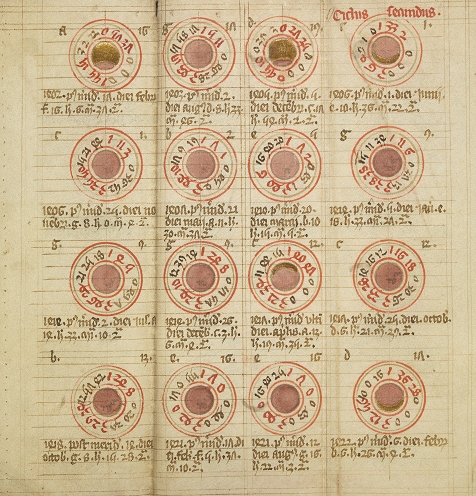- 1
- St Bavo (d. 633)
- 2
- St Leger (ca. 616-679)
- St Thomas of Hereford (1218-1282)
- 4
- St Francis of Assisi (1181-1226)
- 5
- St Maurus (d. 584)
- 6
- St Bruno (ca. 1030-1101)
- St Faith (third century)
- 7
- St Osith
- 9
- St Dionysius (Denys) (d. ca. 272)
- 10
- St Gereon (d. ca. 304)
- St Paulinus of York (d. 644)
- 12
- St Edwin (584-633)
- 13
- St Edward the Confessor (1002-1066)
- 14
- St Calixtus (Callistus) (d. 222)
- St. Kentigern (ca. 516-601)
- 16
- St Hedwiges (d. 1243)
- St Gall (d. ca. 630)
- 17
- St Ignatius (d. 107)
- 18
- St Luke (first century)
- 19
- St Frideswide (ca. 680-735)
- 20
- St Acca (d. 740)
- 21
- St Hilarion (ca. 291-371)
- St Ursula (fourth century)
- 22
- St Donatus (d. 876)
- 23
- St John of Capistrano (1386-1456)
- St Severinus Boethius (ca. 480-524)
- 24
- St Senoch (sixth century)
- 25
- St Crispin (d. 287)
- St Remigius
- 26
- St Cedd (d. 664)
- 27
- St Frumentius (fourth century)
- 28
- St Simon the Zealot (first century)
- St Jude (first century)
- 29
- St Narcissus (second century)
- 30
- St Marcellus (d. 298)
- 31
- St Wolfgang (ca. 930-994)
- All Hallow's Eve: A large candelabra was placed in the center of the hall, or the central hall fire was lit. The feast was served with apples playing an important role. One tradition was to peel an apple in a spiral, then toss the peel over the left shoulder. When it landed, it formed the initial of the thrower's sweetheart. Apple bobbing was another traditional game. An apple was assigned the name of a possible lover. If the person got the apple, he or she would get the lover. The apple could also be placed beneath a pillow at night in hopes the sleeper would dream of their love. They would awaken before dawn and sit outside and eat the apple. If they didn't get cold, they would attain their desire.
Photo credits: (Related Resources) (1) Opening page of calendar, elaborate border design with human figures, 1530, Digital Collections, The New York Public Library on Wikimedia Commons (2) Medieval folding almanac, ca. 15th century, Wellcome Library on Wikimedia Commons, Creative Commons CC BY 4.0

